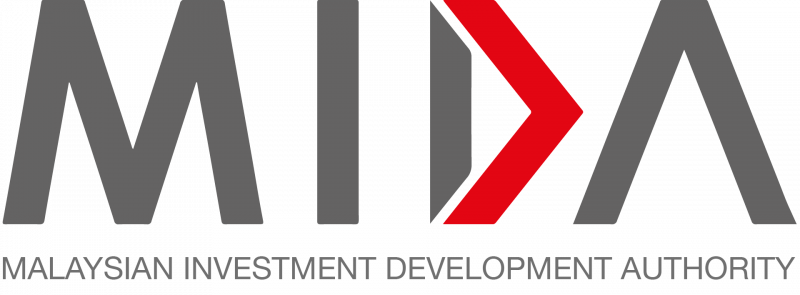Leform Bhd debuted on the ACE Market of Bursa Malaysia today, opening at 19.5 sen at the opening bell and a trading volume of 8.37 million shares.
The integrated steel products manufacturer and trader raised a total of RM71.5 million from the initial public offering (IPO).
The company has allocated RM30.0 million or 42.0 per cent for the construction of new headquarters, warehouse storage facility and workers’ accommodation.
Meanwhile, RM21.9 million or 30.6 per cent and RM14.4 million (20.1 per cent) are earmarked for working capital and repayment of bank borrowings, respectively.
The remaining RM5.2 million or 7.3 per cent will be used for listing expenses.
Managing director Law Kok Thye said the listing today is part of a larger agenda of elevating Leform to the next growth phase.
“Most immediately, the RM71.5 million proceeds raised will enable us to execute our business expansion plan.
“Aside from that, the new listing status could also generate positive ripple effects due to the greater overall confidence from our suppliers, employees, clients and bankers,” he said in a statement today.
Law said although the company currently possess sufficient production capacity, it is constrained by storage space.
“Thus, a substantial amount of the proceeds is catered towards solving that bottleneck.
“With the new warehouse facility, we can boost up our storage area, improve operational efficiency via the consolidation of delivery operations and the adoption of a more systematic storage system, as well as unlock new revenue streams as we reconfigure some of our pipe mills for a greater product variety.
“Meanwhile, the increased working capital and new workers’ accommodation are needed to support the output expansion anticipated,” Law said.
On dividend policy, Leform endeavours to maintain a payout ratio of not less than 20 per cent of its annual audited net earnings.
MIDF Amanah Investment Bank Bhd is the principal adviser, sponsor, sole underwriter and sole placement agent for Leform’s IPO exercise.
Source: NST
Leform raises RM71.5mil from IPO to execute business expansion plan
Content Type:
Duration:




